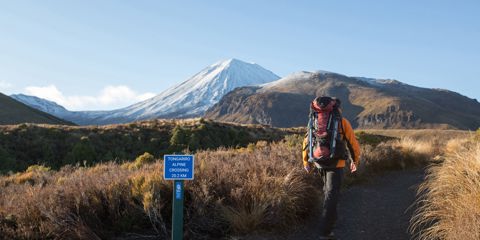
Fire Recovery and Rāhui in Tongariro National Park
On Saturday, 8 November, a significant fire burned nearly 3,000 hectares within Tongariro National Park, a treasured Dual World Heritage site. While the fire has now been fully contained and extinguished, its impact on the landscape is considerable.
To support the recovery of this unique environment, a rāhui has been placed over the affected area.
What is a rāhui?
A rāhui is a traditional Māori practice that places a temporary restriction on an area to allow it to heal and regenerate. It is a cultural and ecological commitment to the spiritual, emotional, and physical wellbeing of the land. In this case, the rāhui is not about keeping people out—it is about respecting the mauri (life force) of Tongariro and ensuring restoration remains the priority.
Without focused care, the fire-affected area could become overrun with invasive species such as weeds and gorse. The rāhui helps prevent this by guiding efforts toward healing and restoring the mountain.
What does this mean for visitors?
Tongariro National Park remains open for visitors to enjoy, with one exception:
- Mangatepopo Track (also known as the Ditch Track) is closed due to severe fire damage.
All other tracks and areas of the park are open. We ask visitors to respect the rāhui and any signage in place, and to stay out of the restricted area to support the recovery process.
Together, we can ensure this iconic landscape thrives for generations to come.







